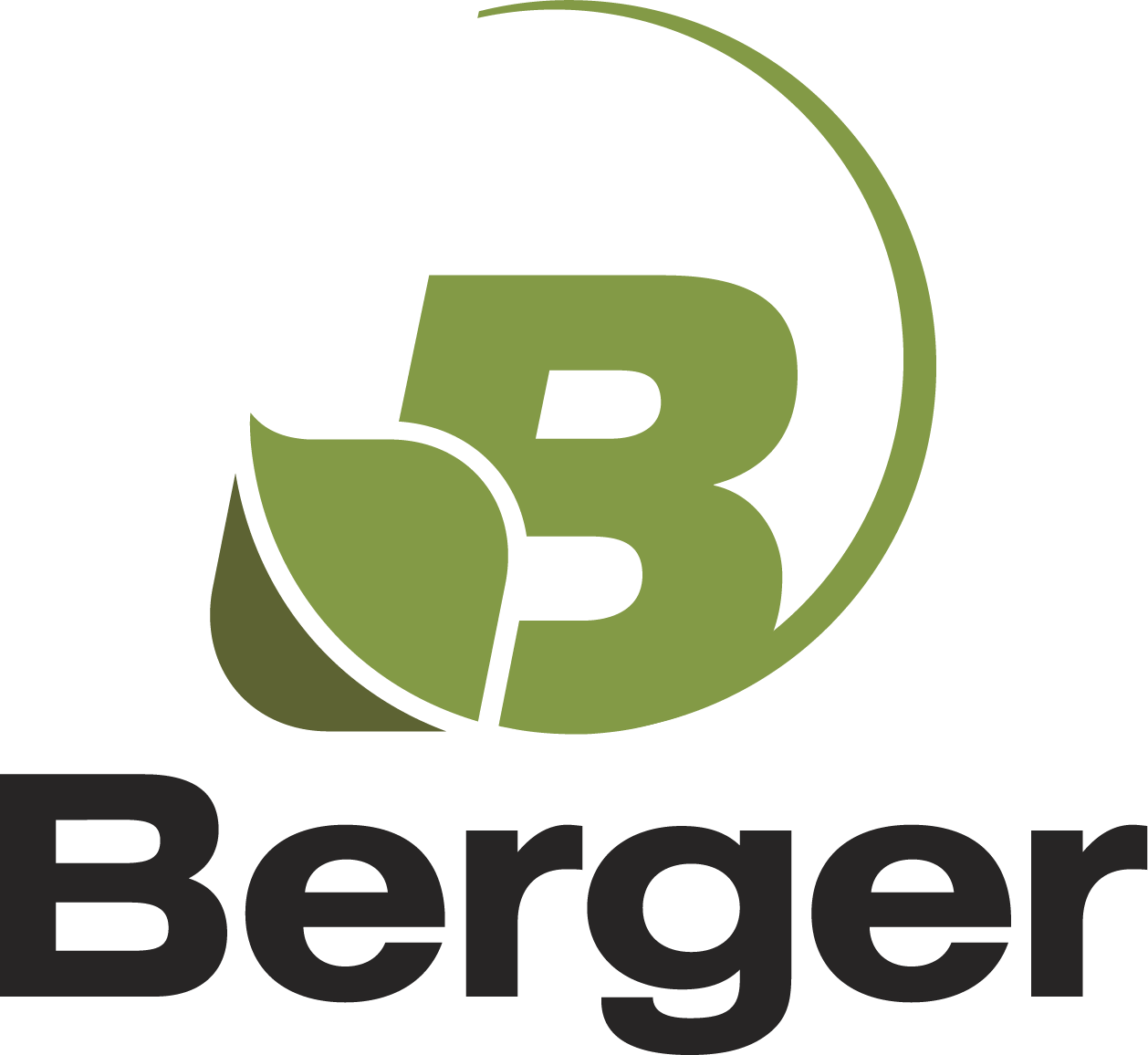Initial Hydration
By Kevin Cooper, Grower Advisor
One way growers can improve efficiency and manage costs in the greenhouse is by ensuring proper hydration of compressed growing media. When a substrate is hydrated correctly before use, growers can maximize volume, reduce waste, and create a more consistent growing environment. This not only helps optimize input costs but also prevents cultural challenges that can lead to increased labor and resource use down the line.
As mentioned, the initial hydration of compressed substrates is key to maximizing the investment of this crucial input. Proper hydration will add several additional cubic feet per pallet of substrate, and with good potting practices, fewer cultural issues down the line. Some common challenges encountered when filling containers dry include difficulty keeping newly transplanted plugs moist as they root out or collapsing the mix by overcompensating with heavy watering-in of new transplants. Both extremes can cause various headaches and cultural issues throughout the life of the crop.
Steps for Success:
To avoid these problems and realize the maximum yield from compressed peat-based growing media, the following steps must be taken consistently on the potting line:
- 1. Properly fluff the substrate in the bale processor, without leaving clumps but also without excessively degrading mix particle size.
- 2. Add water to the substrate after fluffing and provide sufficient time to expand the compressed peat back to its original state.
- 3. Adjust and maintain hoppers and potting equipment to ensure a smooth flow of growing media into containers.
How to do the Squeeze Test
To determine if the mix is at the right moisture level prior to container filling, use the squeeze test pictured here. Educate potting line staff on this procedure as they are the best ones to notice a problem and help handle it quickly.
Too dry
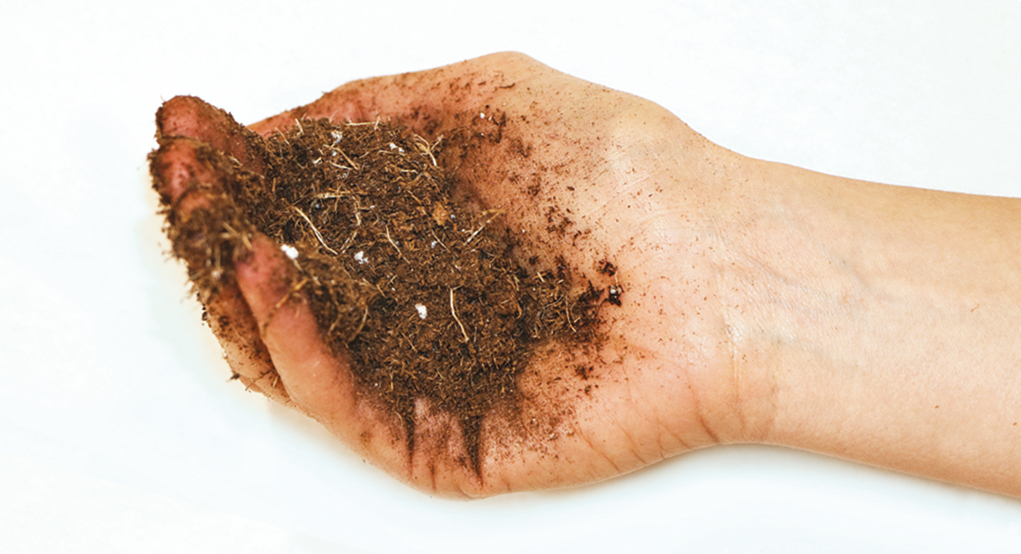
Optimum
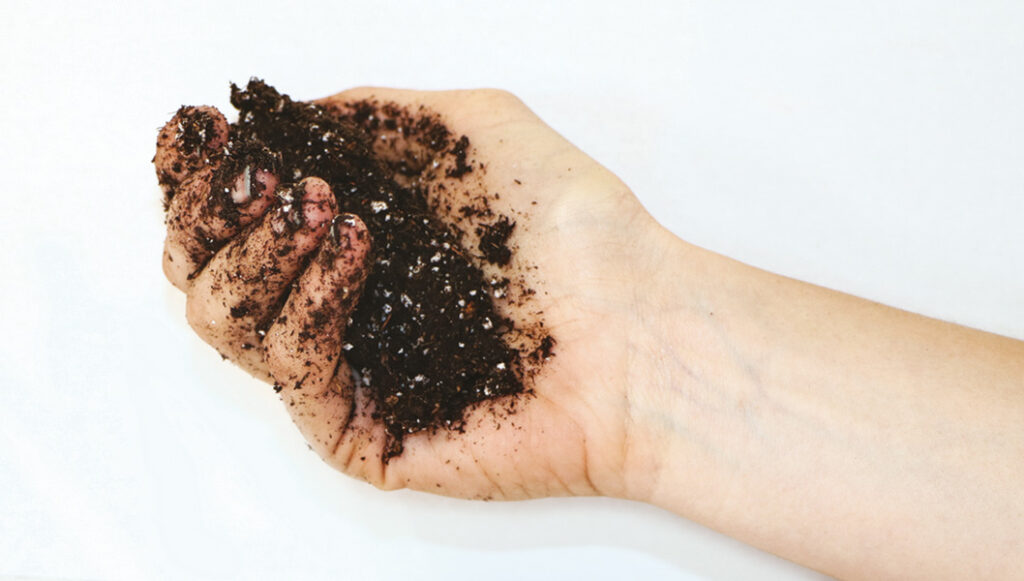
Too wet
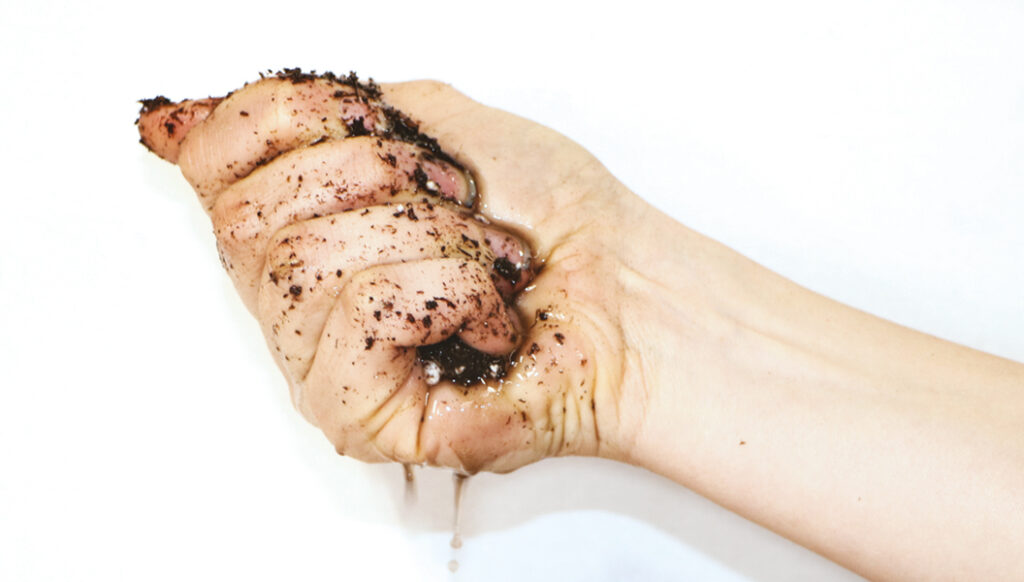
Compressed Peat-Based Substrates Helps Save on Costs
Compressing peat-based substrates is an important cost savings format as shipping heavy water long distances is expensive. However, adding water on site to hydrate and re-expand peat mixes is more sustainable and less expensive. At Berger, our goal is to deliver as much volume as possible, which is why we set standards for low water content in our products. Adding approximately ½ gallon of water per cubic foot of Berger media enables maximum product yield.
Reaching full yield is only one reason to focus on initial hydration. Filling pots with moistened growing media is one half of the way that air space is created in the root zone. The other half is created by growing media engineers in designing the mix. By choosing a mix with particle size that works with the container volume and then filling pots with moistened growing media using well-maintained equipment, growing staff is set up for their best possible start.
Good root zone structure created by proper initial hydration and appropriate particle size for the container is key to even irrigation and fertigation, avoiding labor-intensive spot watering later. Berger’s experienced team of Grower Advisors are available to help customers optimize their mix handling practices.
Root zone with good airspace
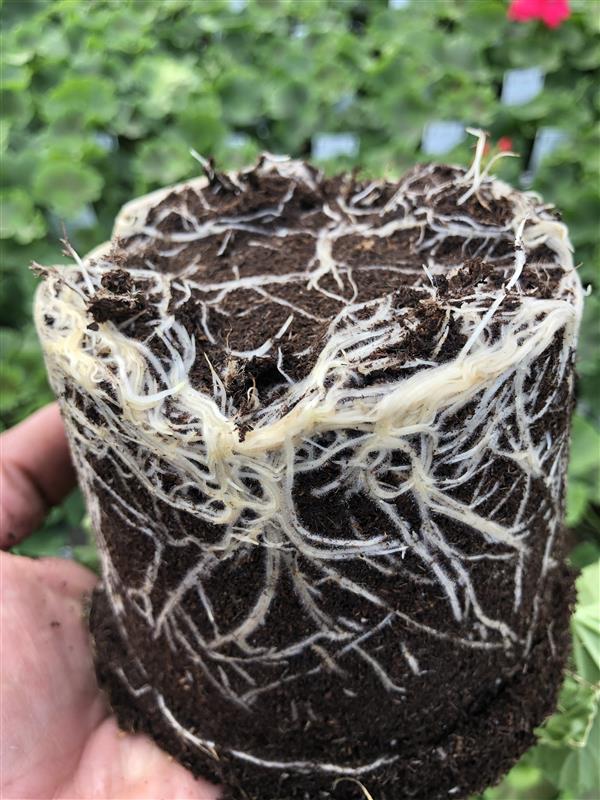
Root zone when initial hydration is not done well
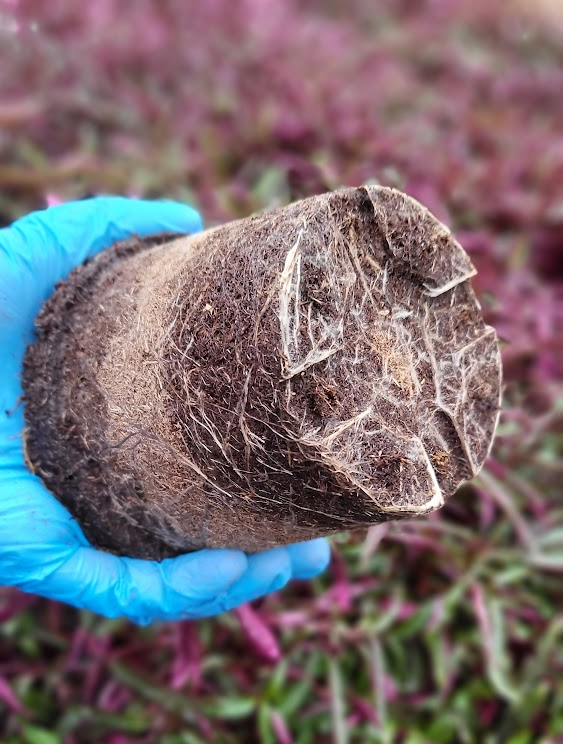
In conclusion, proper initial hydration helps cut costs by realizing more volume per pallet of growing media and by making crop management easier due to improved soil structure. Contact your Berger Sales Representative for complete details and to start your best growing season yet.
